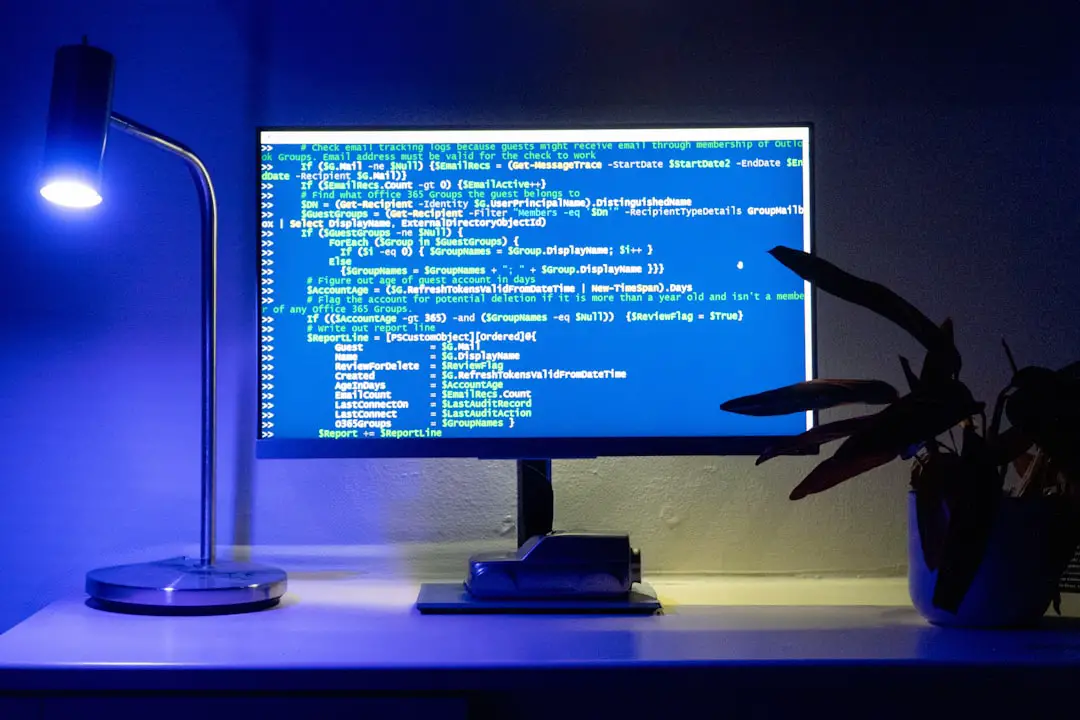Imagine you’re trying to click a button to win a free prize. But instead, you’re secretly clicking something else — like sharing private info or liking a shady page. That’s clickjacking. It sounds sneaky, right? Because it is!
Clickjacking, also known as a “UI redress attack”, is a tricky cyberattack. It tricks you into clicking on something different from what you see.
Let’s break it down in a fun and simple way!
🕵️ What Is Clickjacking?
Clickjacking is like a magic trick. But one with bad intentions. Here’s how it works:
- A hacker creates a fake webpage with something you want to click — like a “Play” button.
- Behind that harmless button is something invisible — like a hidden “Like” on a scam page.
- You click what you think is safe — but you actually interact with the hidden item.
This can lead to all kinds of problems:
- You may share your personal info without knowing.
- Your social media could like or follow fake pages.
- Worse, you might allow permissions to webcams or pay for something!

Clickjacking is sneaky because it hides behind what you see on your screen. Think of it as a webpage dressed in a costume — pretending to be something it’s not.
🎯 Why Do Hackers Do It?
Clickjacking might sound silly, but it can be powerful. Here’s why cybercriminals use it:
- Steal clicks: They get you to click ads and make money.
- Phish info: They trick you into giving up passwords.
- Spread malware: Clicking may install bad stuff on your device.
- Social engineering: They try to scare or confuse you into clicking.
It can happen on any device — computer, phone, or tablet. If you’re online, it’s always good to be cautious.
🔒 How to Protect Yourself From Clickjacking
Now that you’re click-smart, let’s keep you safe. Here are some easy ways to protect yourself:
1. Use a modern, secure browser
Browsers like Chrome, Firefox, and Safari update regularly. They add tools that make it harder for clickjacking to work.
2. Keep your software up to date
Updates fix bugs that hackers use. Always install updates for your browser and operating system.
3. Don’t click on shady links
Is that prize too good to be true? Probably. Be wary of links from unknown emails or sketchy sites.
4. Use browser extensions
Tools like NoScript or uBlock Origin can stop websites from loading hidden layers or scripts.
5. Look for HTTPS
Secure sites use HTTPS. You’ll see a little lock in the address bar. That doesn’t mean the site is clickjack-proof, but it’s a good sign.
6. Enable Clickjacking Protection (if you run a website)
If you own a site, use headers like X-Frame-Options or Content Security Policy (CSP). These tell browsers not to let your site be framed by others.
🧠 Stay Smart Online
Clickjacking depends on surprise. The more you know, the harder it is to trick you. Always take a second look before clicking anything. Be curious and cautious!
Even better — tell your friends. Everyone should know how to stay safe from cyber tricks like this one. In a battle between you and clickjacking, knowledge wins.
Quick Recap:
- Clickjacking hides things behind things you can click.
- It tricks you into doing something you didn’t intend to.
- It can steal data, give control, or spread malware.
- You can stop it with smart habits and tools.
The web should be fun and safe. Now that you know about clickjacking, you’ve got another tool to stay protected. So keep browsing, keep learning — and always click wisely!

